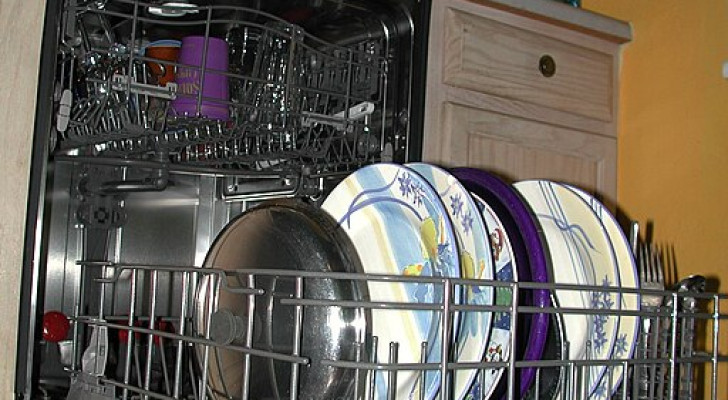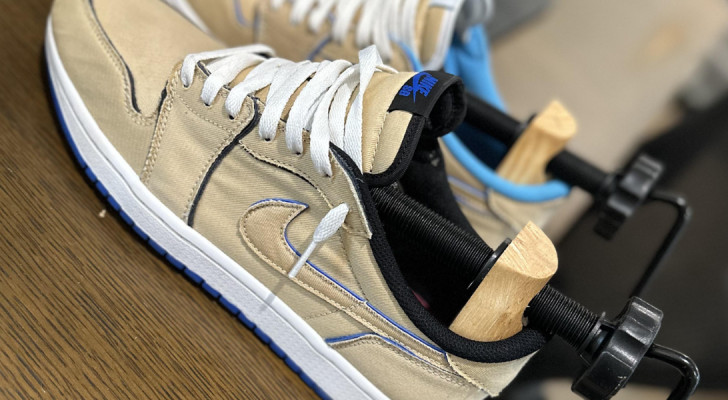Outmoded laundering tips: old-fashioned advice on how to best do the laundry that you should ignore in these modern times
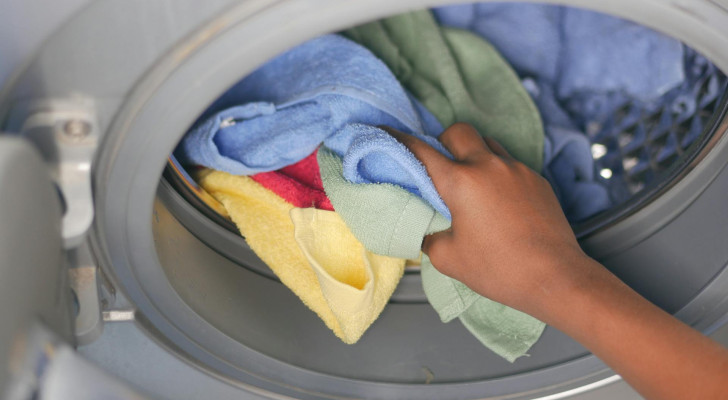
Doing the laundry is an "art" that has been passed down through the generations by mothers and grandmothers all over the world.
Technological advances, however, have changed not only the fabrics that we have to wash, but also the products we use in our washing machines as detergents, softeners, sanitizers and more.
Due to these advances, a lot of "old-timey wisdom" on how to do the laundry properly is now obsolete, and we list some of these old-fashioned laundering tips from a bygone era below:
1. High temperatures washes are needed for white laundry and to sanitize properly
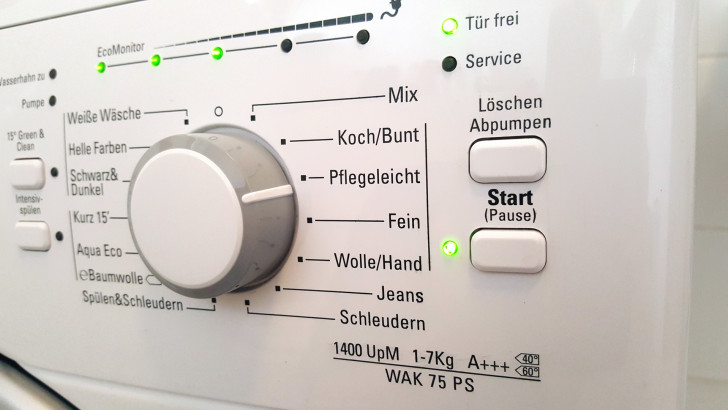
pxhere.com
New technologies and products allow for the optimal laundering of clothes at low temperatures, reducing the need to use a hot wash except for relatively rare cases, listed below:
- items used by a sick person and using specific, disinfectanting detergents;
- heavily soiled items (and only if the washing label allows for this);
- items that are rarely washed (again, only if the washing label allows for this).
2. Short cycles are cheaper to run
It might seem counter-intuitive, but the most eco-friendly washing programs are those that last the longest. Some short cycles do use less water, but they are designed for cleaning items that are rarely used and/or only lightly soiled.
3. Separate the whites from the colors? No thanks!
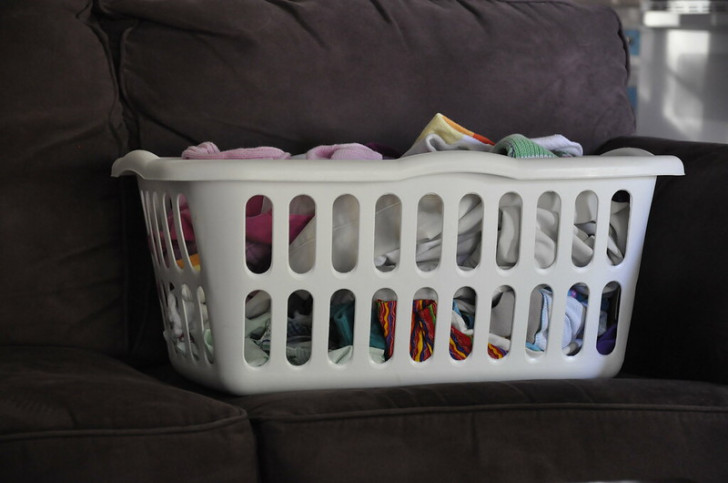
amboo who?/Flickr
Efficient washing at low temperatures and the use of color-catching sheets make it unnecessary to separate whites from colored clothes. Mixed loads (whites and colors) can now be washed without the risk of dyes running and ruining your garments.
Some better ways to separate you laundry are as follows:
- separate items that produce lint from items that attract it;
- separate light items from heavy items to avoid fabric/fiber damage;
- separate towels and household linen from clothing.
4. More detergent, cleaner clothes?
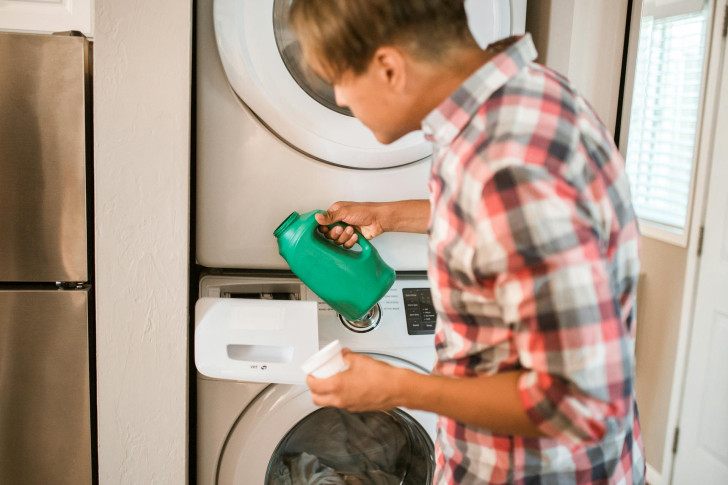
RDNE Stock project/Pexels
The belief that the more laundry detergent that is used, the cleaner the wash will be, is completely false: the dosages stated by the manufacturers on the labels of their detergent containers are optimum ones to use for the removal of soiled items.
In fact, modern laundry detergents are effective on medium/low levels of soiling, even at smaller doses.
Over-dosing can leave unwanted residue, cause staining or even damage clothes.
5. And what about fabric softeners - are they really needed?
Contrary to popular belief, using a fabric softener will not make your laundry smell significantly better or feel signficantly softer.
As with laundry detergents, fabric softeners can also be deleterious if used in excessive doses, leaving unpleasant residue, fixing stains and sometimes exacerbating any allergies the wearer may have.
Washing at lower temperatures and ironing clothes while they are still slightly damp will make your laundry feel softer.
6. The dryer shrinks clothes
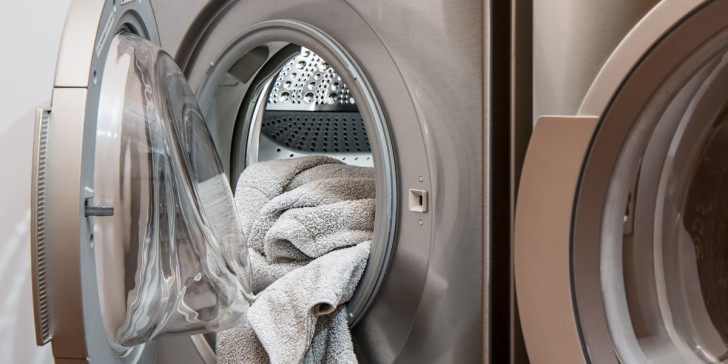
pickpik.com
What actually causes clothes to shrink in the dryer is over-drying them. By selecting the correct drying program, your laundry will not shrink in the dryer.
What other old-fashioned laundering tips have you set aside?
